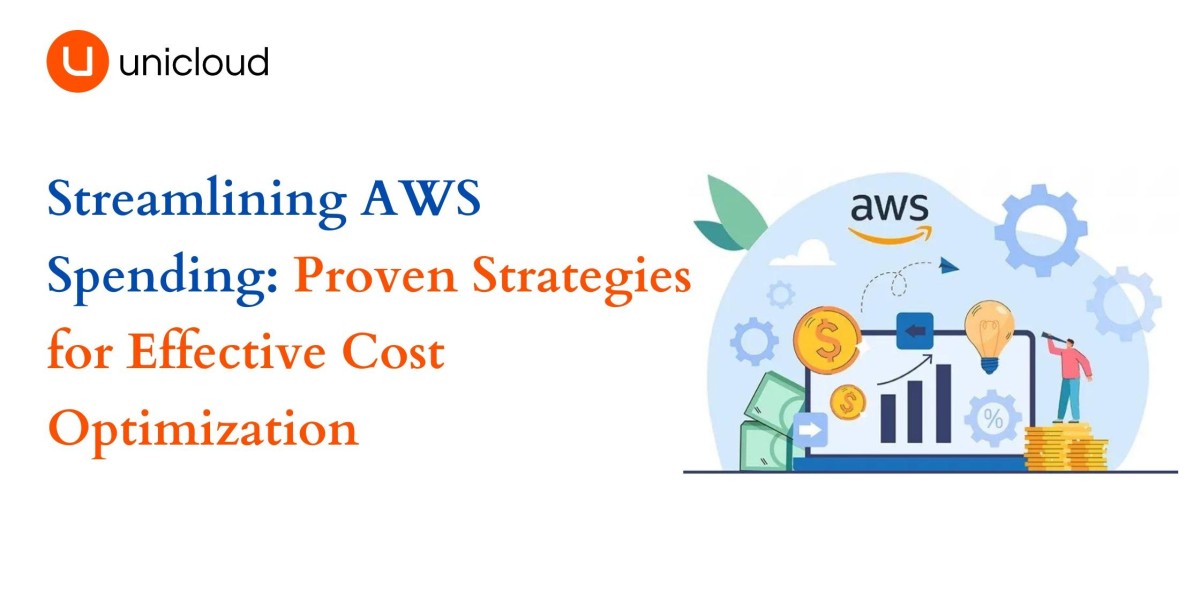Navigating the complexities of AWS spending can be daunting, but with the right strategies and tools, businesses can significantly reduce their AWS costs while maintaining or even enhancing their operational efficiencies. This blog explores effective strategies for AWS cost optimization, detailing how businesses can implement these to achieve substantial cost savings and optimize their AWS investment.
The Essentials of AWS Cost Optimization
AWS cost optimization involves a series of strategic actions to reduce your cloud spend without compromising on necessary capabilities or performance. By understanding your usage patterns and aligning them with AWS pricing models and services, you can tailor your AWS environment to fit your budget and operational needs more effectively.
Key Strategies for Cost Optimization in AWS
Right-Sizing AWS Resources
One of the most effective ways to reduce costs is by right-sizing your AWS resources. This means selecting the appropriate instance types and sizes based on your actual usage data, rather than over-provisioning resources "just in case." Utilize AWS Trusted Advisor to identify underutilized resources that can be downsized, saving money without impacting performance.
Utilizing Reserved Instances and Savings Plans
Opting for Reserved Instances (RIs) or AWS Savings Plans can offer significant discounts compared to on-demand pricing. These financial models provide lower costs in exchange for a commitment to use a specific amount of bandwidth or a specific instance type over a one or three-year period.
Automating Cost Efficiency
Automation is a key component in optimizing costs. Set up Auto Scaling to adjust your resource capacity automatically based on actual need, ensuring you're not paying for idle resources. Similarly, automation tools can help turn off non-critical resources during off-hours, reducing unnecessary costs.
Implementing Spot Instances for Flexible Workloads
For workloads that are flexible in timing and not mission-critical, using AWS Spot Instances can lead to cost savings of up to 90% compared to on-demand prices. Spot Instances are ideal for jobs that can tolerate interruptions, such as batch processing or background tasks.
Advanced Cost Management Techniques
Monitoring and Reporting with AWS Cost Explorer
Regularly monitor your AWS spending and usage with tools like AWS Cost Explorer. This service allows you to visualize, understand, and manage your AWS costs and usage over time. Set custom budgets, forecast future expenses, and track your cost optimization efforts to stay on target.
Optimizing Data Transfer Costs
Data transfer costs can be a hidden expense in AWS. Optimize these costs by minimizing data transfers between services and regions, and leveraging AWS's content delivery network, Amazon CloudFront, to reduce costs associated with delivering content to end users.
Managing Storage Costs
Effectively manage your storage costs by deleting old snapshots and unneeded data, and by choosing the right storage class for your needs. AWS offers several storage classes for S3, including Standard, Infrequent Access, and Glacier, each priced differently based on how frequently you access the data.
Conclusion: Maximizing Your AWS Investment
Effective AWS cost optimization requires a proactive approach, combining the right strategies, tools, and best practices to ensure that every dollar spent on AWS is justifiable. By implementing the strategies outlined above, businesses can enhance their cloud efficiency, reduce costs, and leverage AWS to its full potential.



